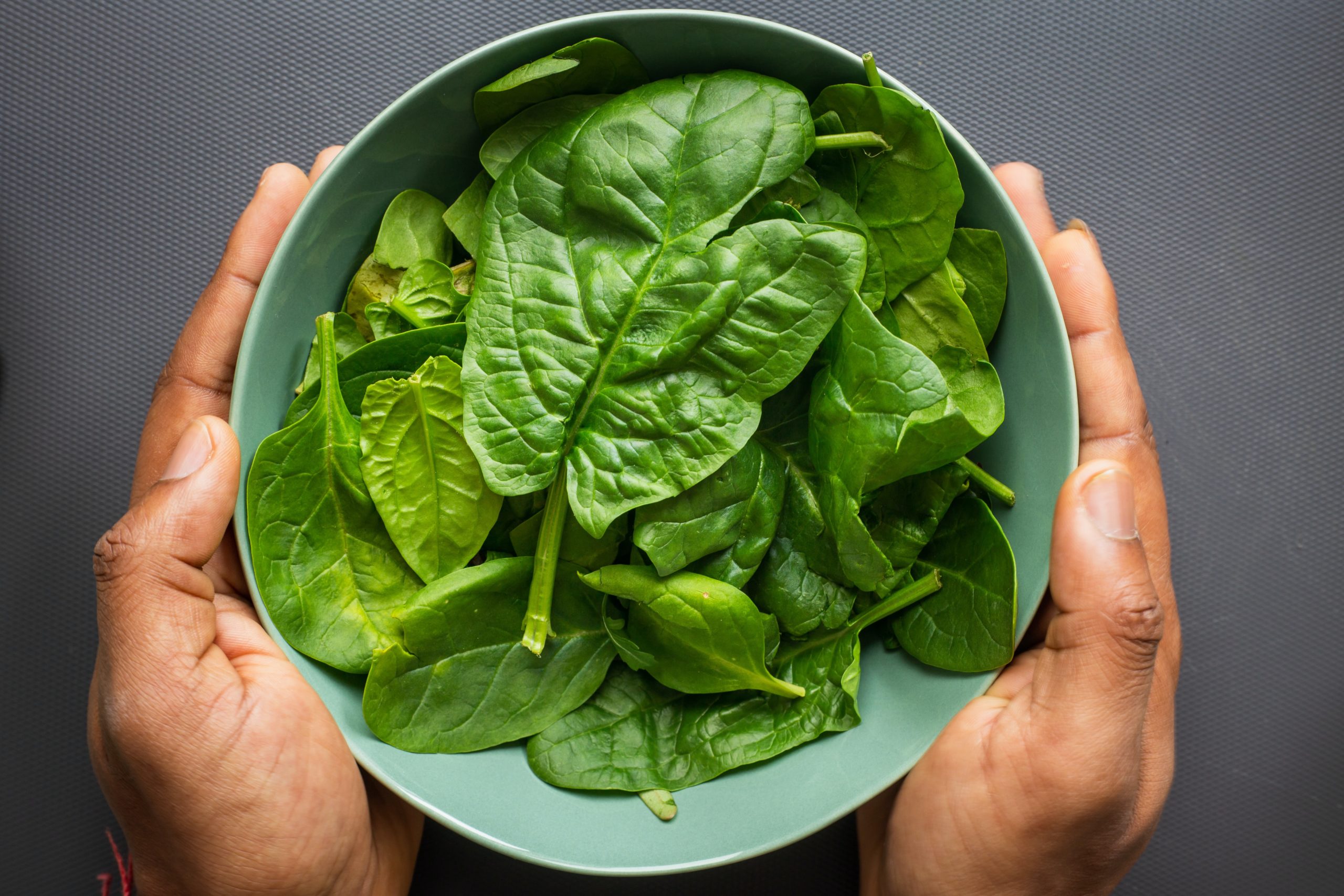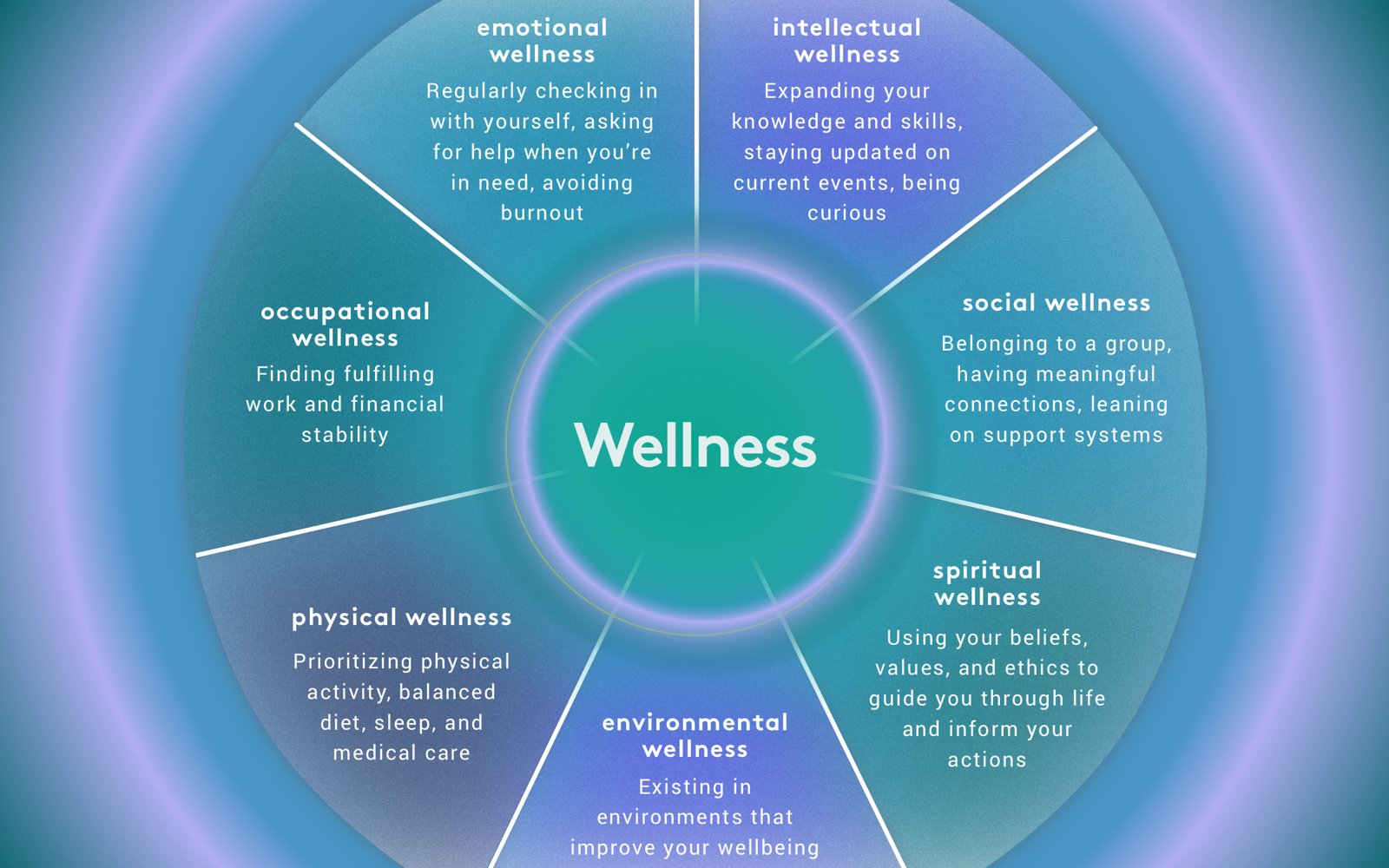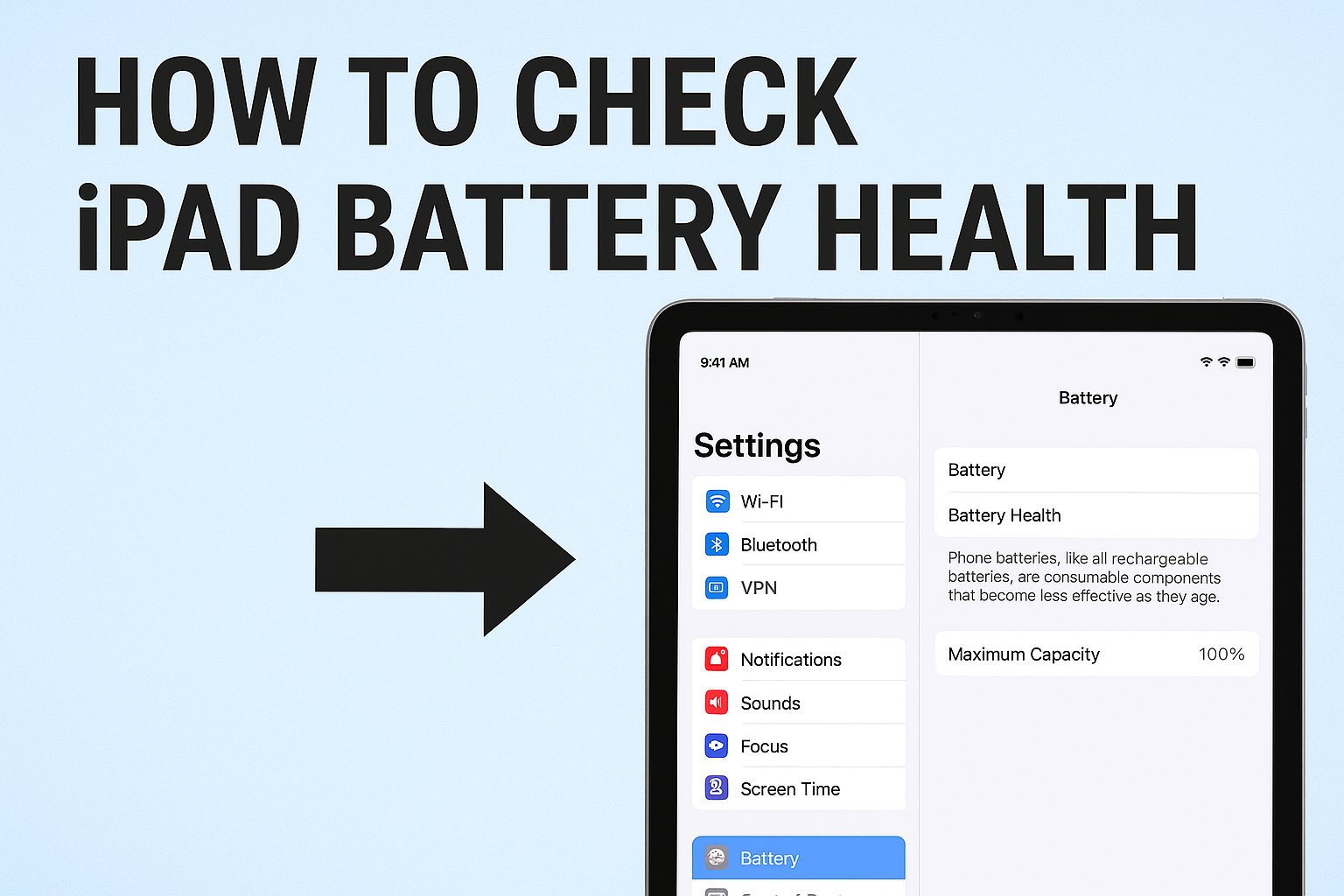
We’ve all been there: standing in front of the fridge, staring at a bag of spinach that’s past its prime. The leaves are wilted, the color is fading, and you’re left wondering, “Can I eat expired spinach?” While food expiration dates can be confusing, it’s important to know whether that spinach is still safe to consume. In this article, we’ll dive into the world of food expiration dates, explore what happens when spinach expires, and share tips on how to store and use it before it goes bad.
Understanding Food Expiration Dates
Before we tackle the question of expired spinach, let’s clarify what food expiration dates really mean. These dates are not always a hard-and-fast rule but rather a guideline for peak freshness and quality. Here are the most common types of expiration dates:
- “Best Before” Date: Indicates when the product is at its best quality but is still safe to eat afterward.
- “Use By” Date: Suggests the last day the product is at its peak freshness and safety.
- “Sell By” Date: Tells retailers how long to display the product for sale, but it doesn’t necessarily mean the food is unsafe after that date.
For spinach, the expiration date is typically a “use by” or “best before” date. While it’s best to consume spinach before this date, it doesn’t automatically mean it’s unsafe afterward—if stored properly.
What Happens to Spinach When It Expires?
When spinach expires, several changes occur that can affect its safety and quality:
- Appearance: The vibrant green color fades, and the leaves may turn yellow or brown.
- Texture: The leaves become wilted, slimy, or mushy.
- Smell: Expired spinach often develops a sour or unpleasant odor.
- Taste: The flavor becomes bitter or off-putting.
These changes are signs of spoilage, which can make the spinach unsafe to eat. Consuming spoiled spinach can lead to foodborne illnesses caused by bacteria like E. coli or Salmonella.
The Science Behind Spinach Spoilage
Why does spinach spoil?
Spinach is a leafy green that contains moisture, making it a breeding ground for bacteria. When exposed to air, moisture, and warmth, bacteria like E. coli and Salmonella can multiply rapidly. These bacteria produce toxins that can cause food poisoning, even if the spinach is cooked.
How does bacteria grow?
Bacteria thrive in environments with:
- Moisture: Wet spinach leaves accelerate bacterial growth.
- Warmth: Room temperature speeds up spoilage.
- Oxygen: Exposure to air allows bacteria to multiply.
Proper storage can slow down bacterial growth and extend the shelf life of spinach.
Risks of Eating Expired Spinach
Eating expired spinach comes with potential health risks, including:
- Food Poisoning: Spoiled spinach can harbor harmful bacteria that cause nausea, vomiting, diarrhea, and stomach cramps. In severe cases, it can lead to dehydration or hospitalization.
- Loss of Nutrients: As spinach ages, its nutritional value decreases, making it less beneficial for your health.
- Unpleasant Taste and Texture: Even if the spinach isn’t harmful, the slimy texture and bitter taste can ruin your meal.
If you notice any signs of spoilage—such as sliminess, discoloration, or a foul smell—it’s best to discard the spinach.
How to Properly Store Spinach to Extend Its Shelf Life
To maximize the freshness of your spinach and avoid waste, follow these storage tips:
- Keep It Dry: Moisture accelerates spoilage. Pat the spinach dry with a paper towel before storing it.
- Use an Airtight Container: Store spinach in a sealed container or resealable bag to prevent exposure to air.
- Refrigerate Immediately: Keep spinach in the crisper drawer of your fridge at a temperature below 40°F (4°C).
- Avoid Ethylene-Producing Fruits: Store spinach away from apples, bananas, and other fruits that release ethylene gas, which speeds up spoilage.
Proper storage can extend the shelf life of spinach by several days, giving you more time to use it up.
Pre-Washed vs. Unwashed Spinach: Which Lasts Longer?
- Pre-Washed Spinach: Convenient but has a shorter shelf life due to added moisture. Use it within 3–5 days.
- Unwashed Spinach: Lasts longer (5–7 days) but requires thorough washing before use.
Store both types in airtight containers to maximize freshness.
Ways to Use Up Expiring Spinach
If your spinach is nearing its expiration date but still looks and smells fresh, here are some creative ways to use it up:
1. Add It to Smoothies
Blend spinach with fruits like bananas, berries, and a splash of almond milk for a nutrient-packed smoothie.
2. Make a Spinach Pesto
Replace basil with spinach in your favorite pesto recipe. It’s a great way to use up wilted greens.
3. Sauté It
Sauté spinach with garlic, olive oil, and a pinch of salt for a quick and healthy side dish.
4. Add It to Soups and Stews
Toss spinach into soups, stews, or pasta dishes during the last few minutes of cooking.
5. Freeze It
Blanch spinach in boiling water for 2 minutes, then freeze it in an airtight container for later use in cooked dishes.
FAQs About Expired Spinach
1. Can cooking expired spinach make it safe to eat?
Cooking can kill some bacteria, but it won’t eliminate toxins produced by spoilage. If the spinach looks or smells bad, discard it.
2. Is slightly wilted spinach still safe?
Slightly wilted spinach is usually safe to eat if it doesn’t have a foul smell or slimy texture. Use it in cooked dishes or smoothies.
3. How long does spinach last in the fridge?
Fresh spinach typically lasts 5–7 days in the fridge when stored properly.
4. Can I freeze spinach without blanching it?
Yes, but blanching helps preserve its color, texture, and nutrients.
Personal Stories: Real-Life Experiences with Expired Spinach
Sarah’s Story:
“I once used slightly wilted spinach in a smoothie, and it turned out fine. But another time, I ignored the slimy texture and ended up with a stomachache. Now I always check for spoilage!”
John’s Tip:
“I freeze my spinach as soon as I buy it. That way, I never have to worry about it going bad.”
Spinach Varieties: Does Type Affect Shelf Life
Not all spinach is created equal. Here’s how different types compare:
- Baby Spinach: Tender and delicate, it spoils faster than mature spinach.
- Mature Spinach: Hardier and lasts longer, but may have a stronger flavor.
- Pre-Washed Spinach: Convenient but has a shorter shelf life due to moisture.
Store each type properly to maximize freshness.
Organic vs. Conventional Spinach: Does It Matter?
Organic spinach may have a slightly shorter shelf life because it’s not treated with preservatives. However, both types should be stored the same way to prevent spoilage.
Spinach in Meal Prep: Tips to Avoid Waste
- Pre-Chop and Store: Wash, dry, and chop spinach for easy use in meals throughout the week.
- Batch Cooking: Add spinach to soups, stews, or casseroles and freeze for later.
- Juicing: Use spinach in fresh juices for a nutrient boost.
Spinach in Global Cuisines
Spinach is a versatile ingredient used in cuisines worldwide:
- Indian Saag: A creamy spinach dish often paired with paneer or lentils.
- Italian Pasta: Spinach adds flavor and nutrition to dishes like lasagna or ravioli.
- Middle Eastern Salads: Spinach is a key ingredient in salads like fattoush.
Conclusion: Is It Safe to Eat Expired Spinach?
While eating expired spinach isn’t always dangerous, it’s important to trust your senses. If the spinach shows signs of spoilage—such as sliminess, discoloration, or a foul smell—it’s best to discard it. However, if it still looks and smells fresh, you can safely use it in cooked dishes or smoothies.
By understanding expiration dates, properly storing spinach, and using it creatively, you can minimize waste and enjoy this nutritious leafy green at its best. Remember, when in doubt, throw it out—your health is worth it!





